Chapter’s Close
As the decade of the ’teens comes to a close, it leaves behind the fledging sprouts of some significant trends.
As the decade of the ’teens comes to a close, it leaves behind the fledging sprouts of some significant trends. With many based in technological advancement and nurtured by the preferences of influential generational groups, they are likely to take root and become well entrenched in the coming years. What’s more, among them are buffers against the slowdown that is increasingly anticipated as we near the 11-year point of the bull market. Regardless of when that downturn occurs, a review of some of these trends offers insight into the industry’s next chapter.
Rise of the millennials: It seems no group has received greater attention over the course of the decade than the millennials. They have strong likes and dislikes, and their sheer numbers make them difficult to ignore. In fact, providers of work, live and play space have altered designs to attract the members of Generation Y. And look out for the next generation, which will comprise a large percentage of the workforce by the end of the coming decade and which have a very different set of wants and needs.
Health-care real estate: The aging of the other large generational cohort, the baby boomers, combined with the increased movement of medical services out of hospitals has driven growth in medical office buildings, clinics and related facilities.
The sharing economy: While coworking predated the turn of the last decade, it has taken off in recent years as a more established alternative to traditional officing, with providers proliferating and expanding their portfolios. Airbnb continues to grow as a hotel alternative (raising new considerations for apartment managers and owners), and coliving is attracting interest as a more affordable housing alternative. Ridesharing, while not housed in real estate, has given rise to dedicated pickup areas at shopping centers.
Crowdfunding: Made feasible with the signing of the Jumpstart Our Business Startups, or JOBS, Act in 2012, crowdfunding has become an online equity-raising alternative that allows for relatively smaller individual investment in real estate, generally alongside larger institutions. The number of established companies in the sector remains small, but Investopedia estimates that the amount invested in U.S. real estate via this means may total $2.5 billion this year.
Internet of Things: The application of technology to everyday objects has improved security, efficiency and accessibility of thermostats, locks, lighting and other aspects of apartment and commercial properties, making for increasingly intelligent buildings. The linking of technology is now expanding into a growing range of appliances, as well.
Ecommerce: Online shopping has become a leading driver of industrial growth, as demand for ever-faster delivery has mandated location of distribution centers close to residential cores. The increase in online sales has also contributed to the rethinking of shopping center tenant mix, with consumers drawn more by experience than product.
Wellness: As goals for sustainable real estate have escalated to Platinum LEED certification and zero-net energy usage, a growing interest in the building’s impact on employee health and productivity has given rise to a new certification from the International WELL Building Institute.


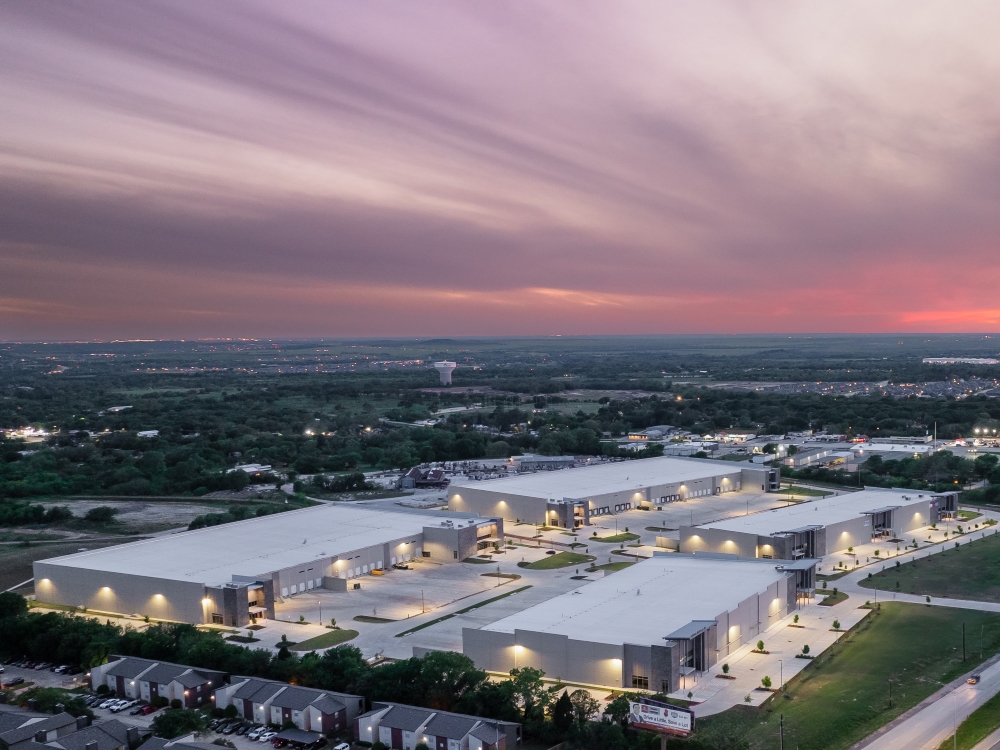

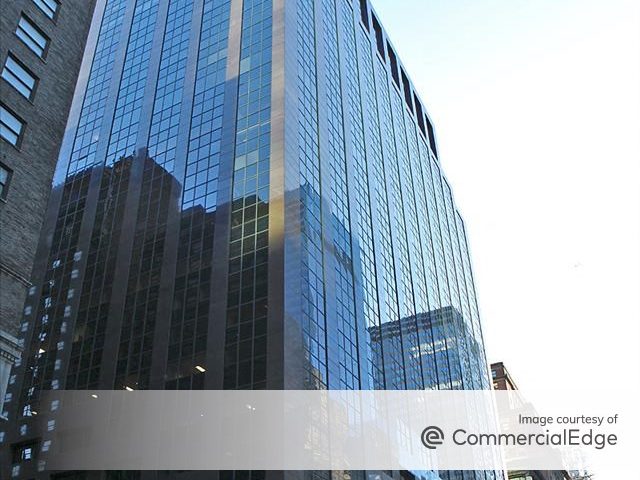
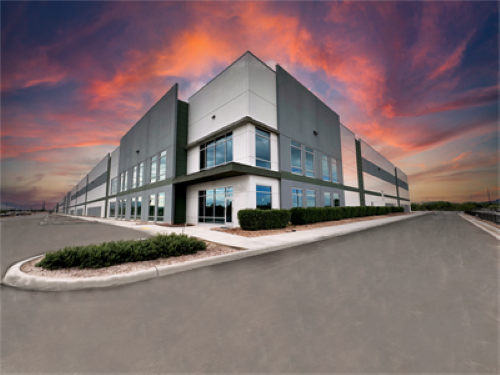
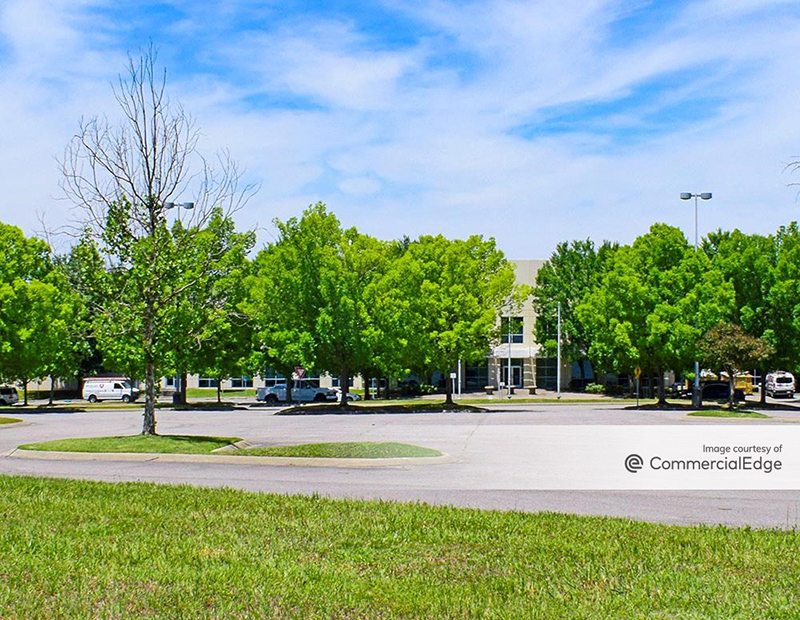
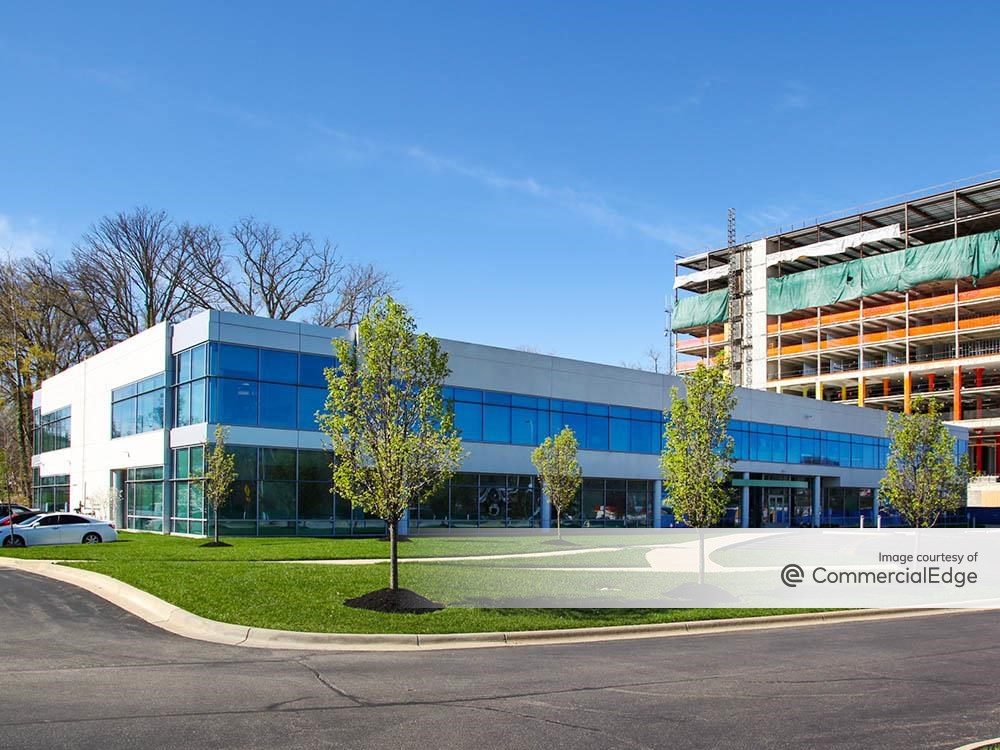
You must be logged in to post a comment.